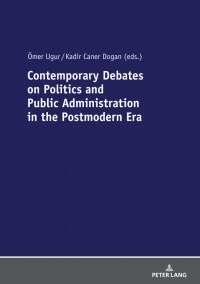
2. Omitted Variable Bias Suppose that the true oil supply regression model from Part (1.) is qoil,is=+oilpoil,i+labor labor i+i, where qoil,is is the quantity of oil supplied (in trillion BTU), poil,i is the price of oil (in $/ million BTU), and labor i is the annual wage (measured in $1,000) Instead of estimating the true model, you omit the variable labor , leading to the following regression model: qoil,is=+oilpoil,i+i. Use the bias formula, Bias(^oil)=^laborvar(poil)cov(poillabor), to answer the following questions. 1. If higher wages result in lower quantities of oil produced, do you expect the sign of ^labor to be positive or negative? 2. If states with higher oil prices have higher wages while states with lower oil prices have lower wages, do you expect cov(poil, labor ) to be positive or negative? 3. Given your answers to (1.) and (2.), is the omitted variable bias positive or negative? 4. If the sign of ^oil is positive, does this mean the omitted variable causes us to overstate or understate the effect of an increase in price when estimating oil ? 5. If you know that ^labor=5,cov(poil, labor )=2.50, and var(poil)=9.30, what is the omitted variable bias equal to? 6. Instead, assume that there is no relationship between poil and labor, or cov(poil, labor )=0. What is the omitted variable bias equal to? 7. If the number of firms that produce oil is a determinant of supply, is the variable producer i, which measure the number of oil producers in a state an irrelevant variable or an omitted variable in the oil supply regression? 2. Omitted Variable Bias Suppose that the true oil supply regression model from Part (1.) is qoil,is=+oilpoil,i+labor labor i+i, where qoil,is is the quantity of oil supplied (in trillion BTU), poil,i is the price of oil (in $/ million BTU), and labor i is the annual wage (measured in $1,000) Instead of estimating the true model, you omit the variable labor , leading to the following regression model: qoil,is=+oilpoil,i+i. Use the bias formula, Bias(^oil)=^laborvar(poil)cov(poillabor), to answer the following questions. 1. If higher wages result in lower quantities of oil produced, do you expect the sign of ^labor to be positive or negative? 2. If states with higher oil prices have higher wages while states with lower oil prices have lower wages, do you expect cov(poil, labor ) to be positive or negative? 3. Given your answers to (1.) and (2.), is the omitted variable bias positive or negative? 4. If the sign of ^oil is positive, does this mean the omitted variable causes us to overstate or understate the effect of an increase in price when estimating oil ? 5. If you know that ^labor=5,cov(poil, labor )=2.50, and var(poil)=9.30, what is the omitted variable bias equal to? 6. Instead, assume that there is no relationship between poil and labor, or cov(poil, labor )=0. What is the omitted variable bias equal to? 7. If the number of firms that produce oil is a determinant of supply, is the variable producer i, which measure the number of oil producers in a state an irrelevant variable or an omitted variable in the oil supply regression







